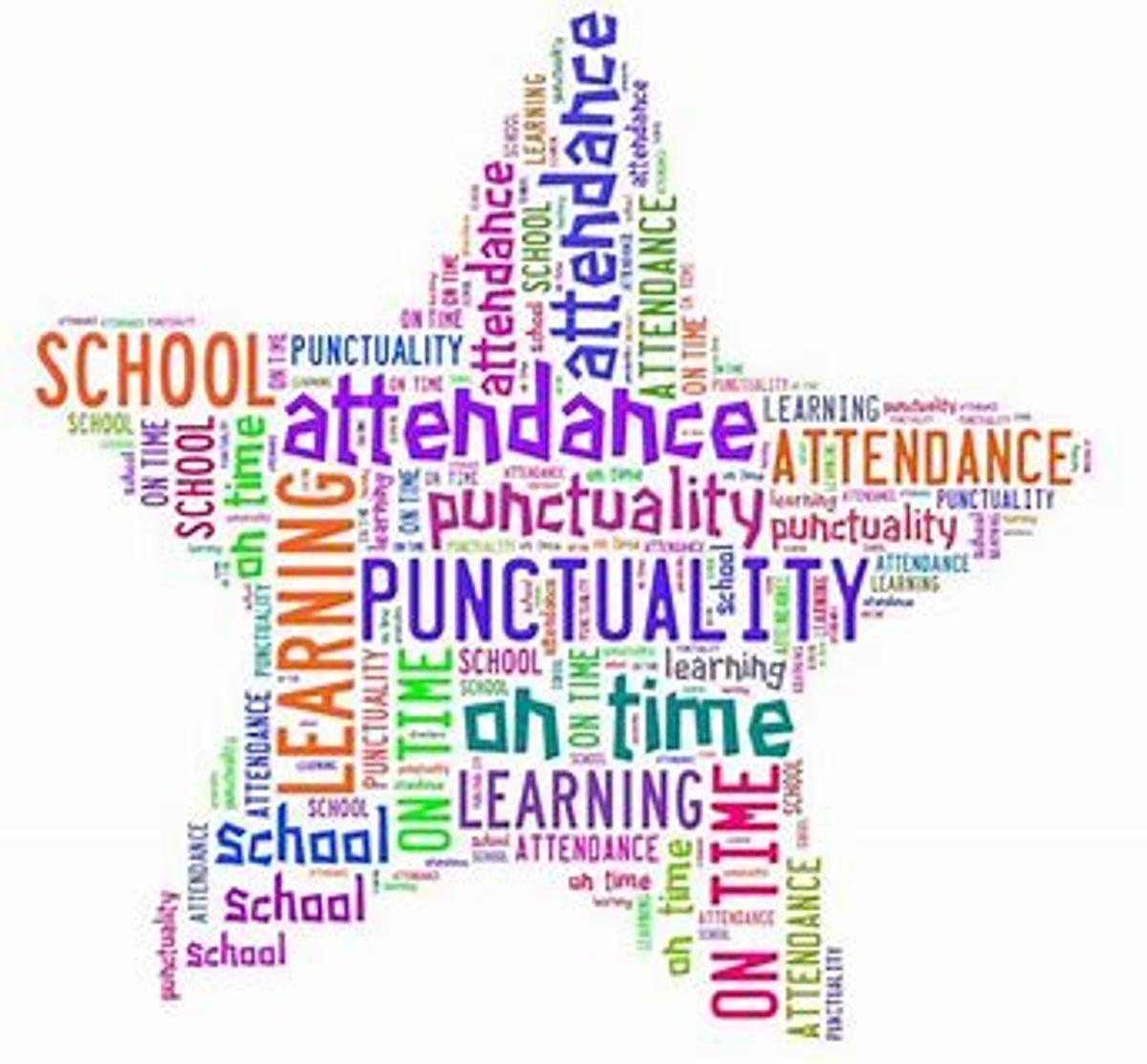Wellbeing
Sharna Dean-Wright & Brooke McInnes,

Wellbeing
Sharna Dean-Wright & Brooke McInnes,




Wellbeing Report
By Brooke McInnes,
Acting Assistant Principal LPPS.
A big thank you to the PFC for organising our fun ‘Rainbow Free Dress’ day. It was fantastic to see a splash of colour to brighten up the winter weather.
Well done to all of our THRIVE award winners from weeks 9 and 10. These students demonstrated our THRIVE values of ‘Try your Best’ and ‘Be Healthy’
| Charlie | F1 | Faith | 217 | Piper | 420 | Willow | 612 |
| William | F2 | Lennox | 218 | James | 426 | Maddix | Art |
| Riley | F3 | Mia | 228 | Braith | 505 | Bella | P Arts |
| Roczen | F4 | Nylah | 229 | Lennon | 506 | Eloise | P Arts |
| Miller | F15 | Noah | 322 | Sophie | 508 | Charlie | PE |
| Zarah | 113 | Vedder | 324 | Skye | 609 | Axcel | PE |
| Zayden | 114 | Oleara | 325 | Tyler | 610 | Tilly | STEM |
| Ashton | 116 | Jordana | 419 | Mitchell | 611 | Lincoln | STEM |
This term, our staff have continued their professional development in Restorative Practices through our partnership with Real Schools. Most recently, they have completed Module 3: Pitfalls and Mistakes – What Not To Do from the Real Schools Behaviour PhD series.
Below is a featured Real Schools parent article exploring the question: What is Restorative Practice?
What are Restorative practices 2.0?
Restorative practices and adversarial methods represent distinct approaches to addressing conflicts, disputes, and wrongdoing. The decision has been made by your child’s school to adopt a restorative approach, viewing conflict resolution through the lens of Restorative Practice 2.0. This approach is characterised by a holistic working method centred around building a robust relational culture.
So, what sets this approach apart? The key distinctions can be summarised in the following categories:
Restorative Practice involves open communication and dialogue among all parties involved in the conflict or harm. It employs informal approaches such as affective language and more structured processes such as restorative circles or conferences, where participants can share their perspectives, express emotions, and work towards mutually agreed-upon solutions. In contrast, adversarial methods typically follow a formal legal process involving courtroom proceedings, lawyers, judges, and prescribed rules. The process is more adversarial, with each party presenting their case and a third party (judge or jury) making decisions based on presented evidence.
In Restorative Practice, the primary focus is on repairing harm and restoring relationships. The objective is to bring individuals impacted by a conflict or wrongdoing together, fostering communication, empathy, and understanding. The emphasis lies in resolving issues collaboratively and instilling a sense of responsibility and accountability. On the other hand, adversarial methods, often associated with traditional legal systems, concentrate on determining guilt or innocence, applying punishment, and upholding societal norms with a primary focus on establishing a winner and a loser through litigation.
Restorative Practice engages in conversations where all parties have a say in the resolution process, with decisions made with a focus on repairing harm. Adversarial methods, in contrast, place decision-making in the hands of the authoritarian person, such as a teacher, parent or coach. The process is more formalised and may not prioritise the active involvement of individuals affected by the conflict.
‘Restorative practices prioritise repairing harm and restoring relationships through inclusive processes.’
Restorative Practice serves as a transformative approach; empowering individuals entangled in conflicts to embrace responsibility for their actions and actively contribute to collaborative problem-solving. The role of the authoritative figure in this context is more akin to a facilitator, guiding the process with the intent of fostering open communication and understanding, rather than imposing decisions. In contrast, adversarial methods lean on an authority figure, be it a teacher, parent, or coach, who assumes a disciplinarian role, dispensing punishments in an attempt to elicit behavioural change. This stark contrast high- lights the restorative approach’s emphasis on shared responsibility and constructive dialogue, while adversarial methods often rely on a top-down enforcement model.
In summary, restorative practices prioritise repairing harm and restoring relationships through inclusive processes, while adversarial methods prioritise legal outcomes, punishment, and a more formalised decision-making process.



